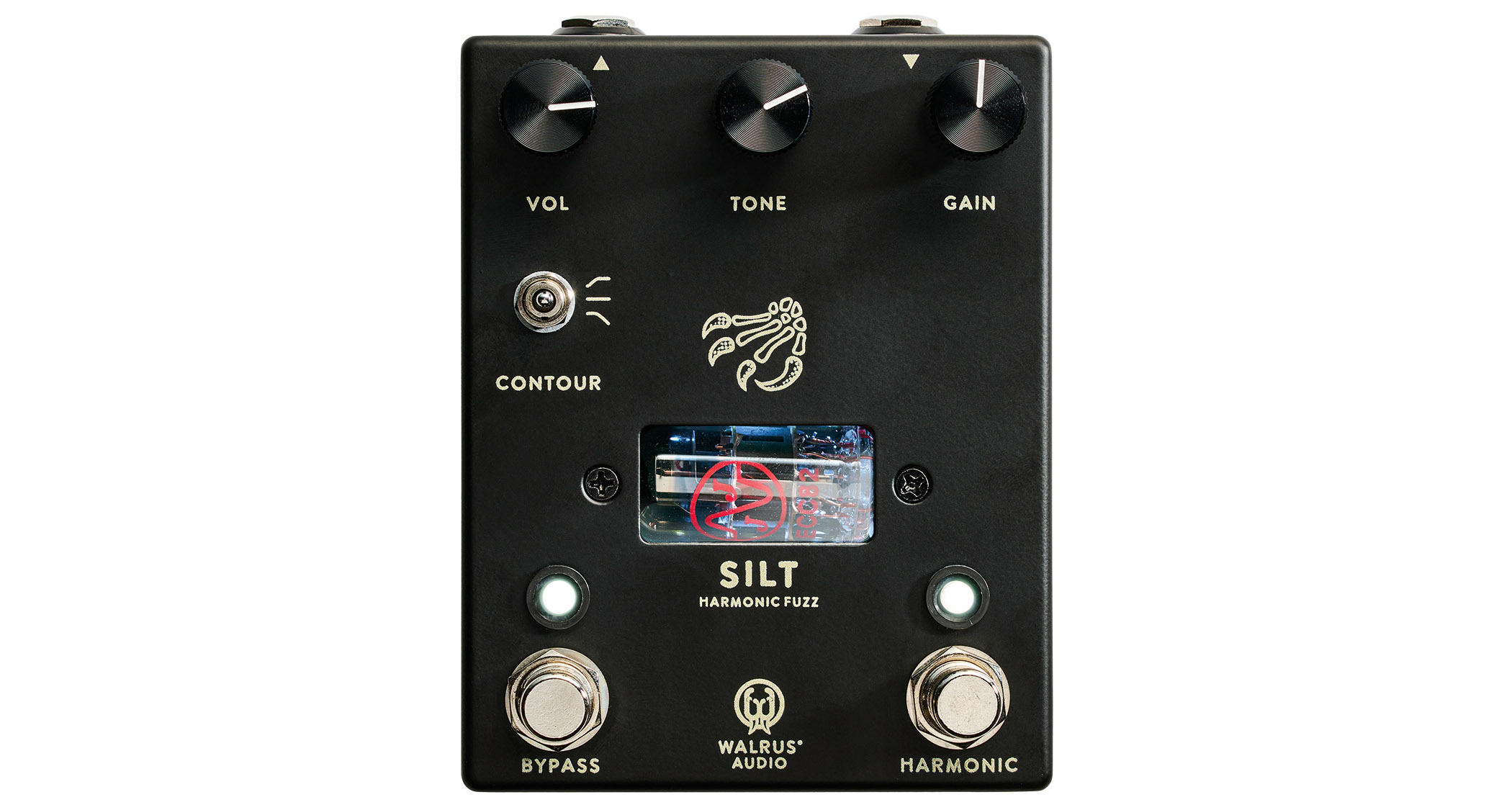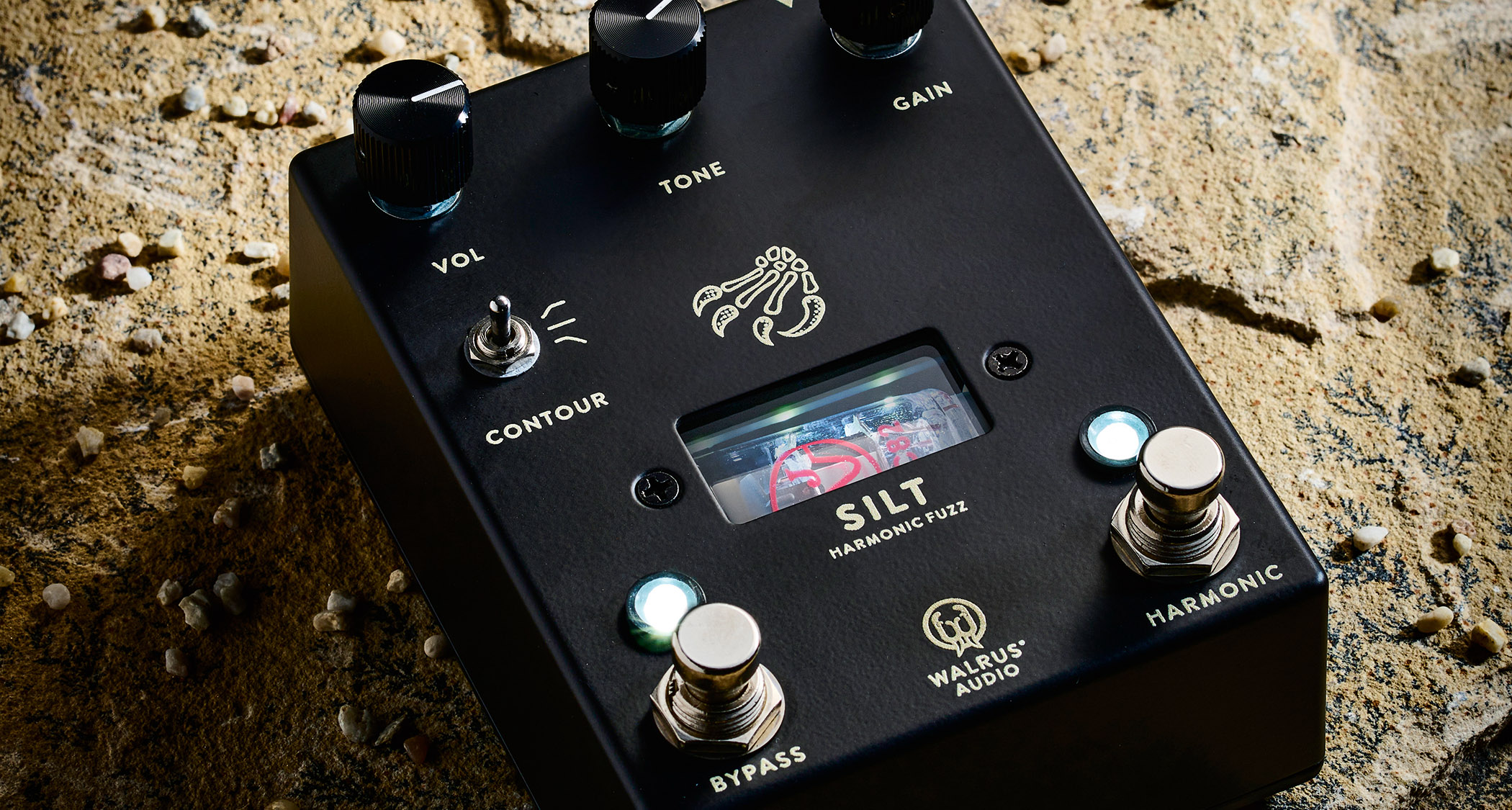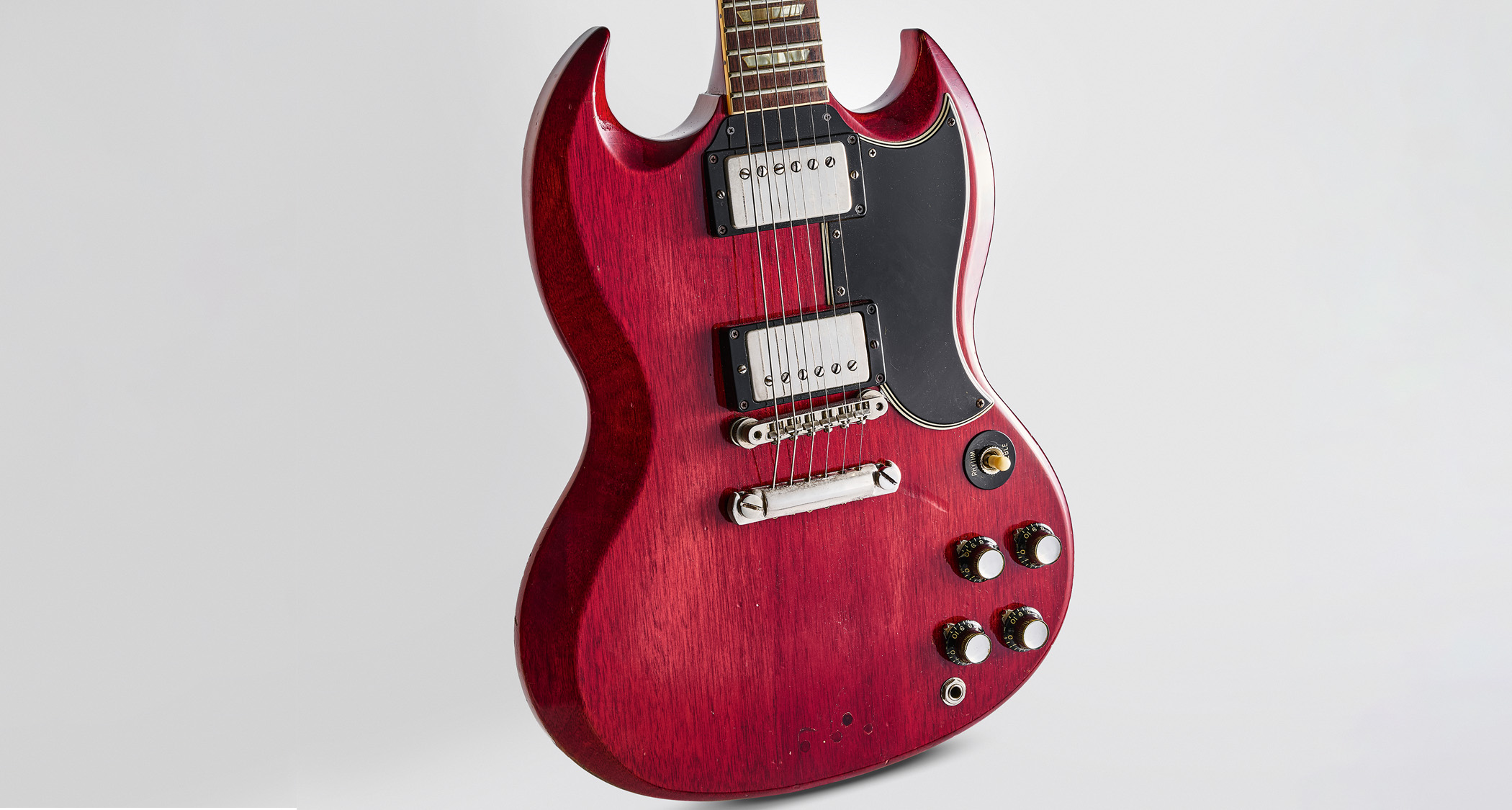Guitar World Verdict
Yes, it’s another fuzz box, but it’s one that is particularly inspired – a great source for rich-sounding driven sounds with flexible EQ options, and the bonus of Harmonic mode that lets the sound really take off.
Pros
- +
Compact for a twin-footswitch pedal.
- +
Great range of fuzz and distortion sounds.
- +
Flexible EQ.
- +
Footswitchable Harmonic mode.
Cons
- -
Switching in Harmonic mode when the effect is engaged isn’t as seamless as we’d like.
You can trust Guitar World
We’ve been seeing more fuzz boxes released than any other kind of pedal lately, several with a claim to having special characteristics. The latest from Walrus Audio is no exception, but its special characteristic is plain for all to see: a tube lit up in a front-panel window.
The idea behind the pedal was to create a fuzz with the rich, harmonically complex texture that a real valve can provide, so Walrus Audio teamed up with valve expert Jim Hagerman to develop this design based around an ECC82/12AU7 preamp tube.
It’s a tidy-sized fuzz pedal, with sounds dialled in by three knobs and a three-way toggle switch, and it sports an extra footswitched Harmonic mode for some octave action.
Starting with the Gain knob at zero we get a nice crunchy drive tone, and with unity gain around noon, there’s plenty of scope for delivering a boost with the Volume knob. The Tone knob, post-fuzz, is a tilt EQ that’s basically flat in the centre, cutting highs and boosting lows to the left, and boosting top while rolling off lows clockwise.
Small deviations either side of centre work great for matching the tone to various amps, but there’s plenty of range if you want to get more extreme, especially if combined with the three-way contour switch that, besides a flat setting, offers either a high-pass or a low-pass filter to tweak the tone before it hits the fuzz stage.
Extreme sounds aside, the Contour switch’s attenuation of bottom- or top-end is a practical asset in compensating for different pickups.

Advancing the Gain knob takes you through various shades of distortion to fat fuzz, always with harmonic richness, decent string articulation and volume knob clean-up. There are some excellent sounds to be had here in standard nine-volt operation, but running the pedal at 12 volts squeezes out extra gain.
All the latest guitar news, interviews, lessons, reviews, deals and more, direct to your inbox!
Switching into Harmonic mode gives you another voice as a frequency doubler before the drive transforms the sound, adding throaty octave harmonic overtones. This thickens up dirty chordal work and delivers a distinctive tone for single-note leads – rich and gnarly with a hint of ring modulation.
Specs

- PRICE: $299 / £289
- ORIGIN: USA
- TYPE: Fuzz pedal
- FEATURES: True bypass
- CONTROLS: Volume, Tone, Gain, Contour switch (High-pass/Flat/Low-pass), Bypass footswitch, Harmonic footswitch
- CONNECTIONS: Standard input, standard output
- POWER: 9V-12V DC adaptor (not supplied) 300 mA
- DIMENSIONS: 92 (w) x 122 (d) x 57mm (h)
- CONTACT: Walrus Audio
Trevor Curwen has played guitar for several decades – he's also mimed it on the UK's Top of the Pops. Much of his working life, though, has been spent behind the mixing desk, during which time he has built up a solid collection of the guitars, amps and pedals needed to cover just about any studio session. He writes pedal reviews for Guitarist and has contributed to Total Guitar, MusicRadar and Future Music among others.


